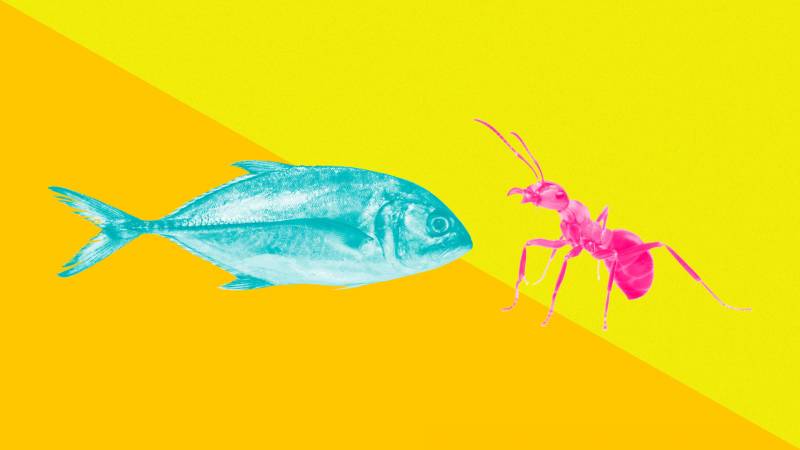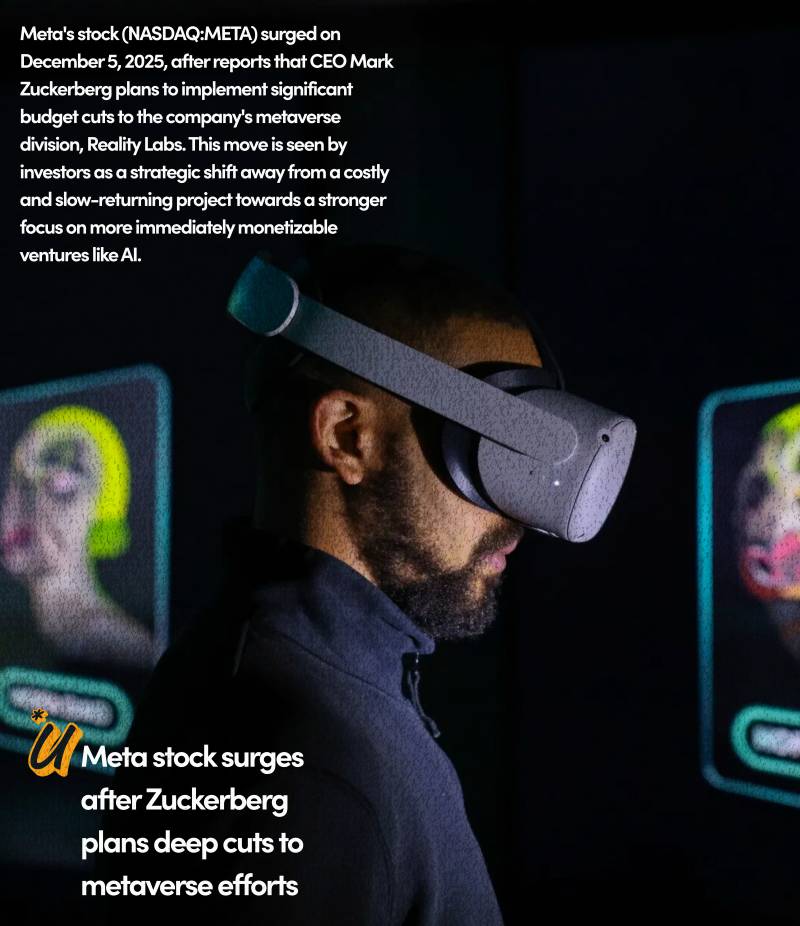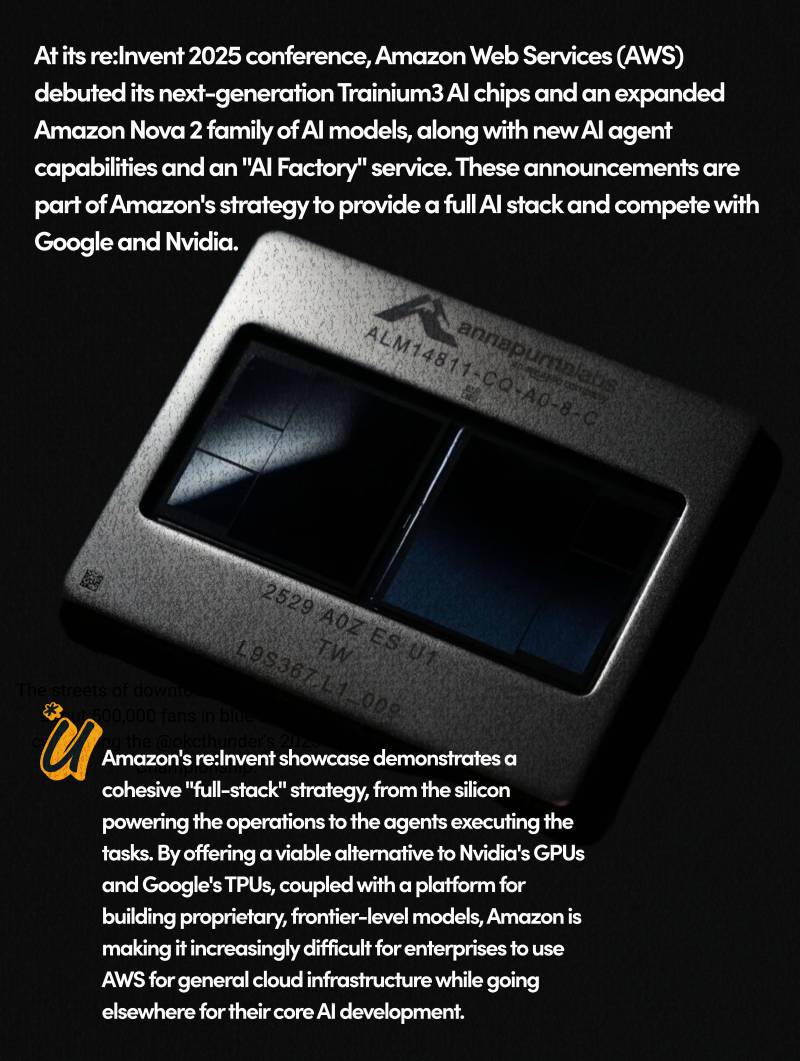In the future, the most useful robots will work together as hives.
That's according to Radhika Nagpal, co-founder of Root Robotics and professor of computer science at Harvard University. Nagpal spoke at the Conference on Neural Information Processing Systems (NeurIPS) recently about the ways engineers are drawing from nature to create the next generation of robots.
Nagpal studies creatures that demonstrate collective intelligence--a body of knowledge possessed by a group that it uses to solve problems. Army ants are a good example: Millions of them work together to complete tasks, such as building nests, without any leader in charge. The insects will even create bridges and ladders out of their own bodies to allow fellow ants to traverse gaps and rough terrain. Other organisms, from cells to flocks of birds to schools of fish also exhibit collective intelligence as they move in sync with one another.
"As engineers," says Nagpal, "the obvious question then becomes: Can we make our own?"
The answer, as Nagpal has proven, is yes. Her team at Root Robotics builds robot collectives that use complex algorithms to emulate the functions of swarms of insects and other creatures found in nature. One, known as the Kilobot system, is believed to be the first-ever hive of more than 1,000 collaborative robots. The tiny bots can perform tasks, such as transporting items, without the need for human intervention.
Among the company's other robot swarms is one modeled after termites that can build three-dimensional shapes, as well as an army ant-inspired swarm that can assemble themselves into small structures like ramps and bridges. Smaller bots will be less expensive, more customizable to the user's needs, and able to access spaces that larger bots couldn't.
"Any application you can think of for robotics in the future will involve many robots working together," says Nagpal. That might include bots used for construction, agriculture, environmental monitoring, or search-and-rescue missions. Even self-driving cars will amount to robot collectives, as millions of them will navigate roads as well as each other.
So if your business builds robots or develops artificial intelligence, it might be in your best interest to look to nature for inspiration.
"There are so many ways we can imagine robots helping us in the future," says Nagpal. "There's all this dynamic and complex collective intelligence that we still don't understand that we can begin to probe using robotics."
source : Inc




